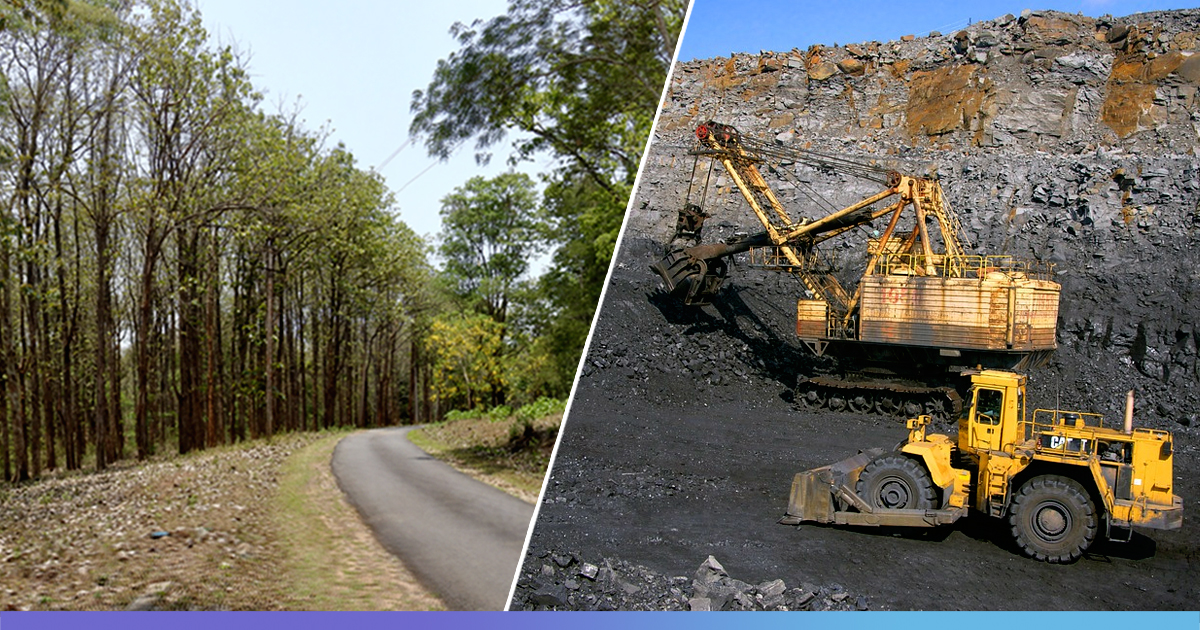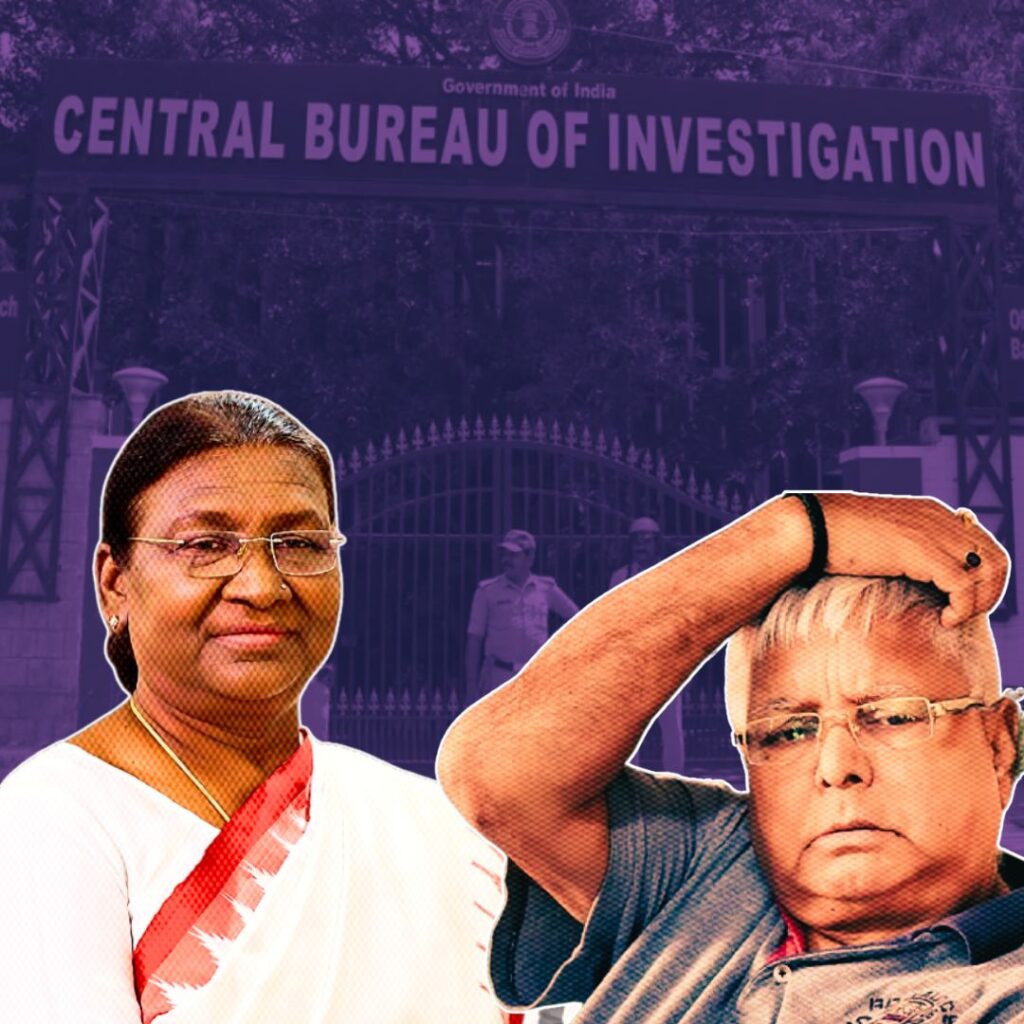- States with over 75 percent forest cover, looking to divert forest land for non-forestry projects, can now carry out compensatory afforestation in other states.
- The latest directive from the central government would promote ease of business and give a push to projects stuck for want of non-forest land for compensatory afforestation which itself is a debated practice under the Forest Conservation Act, 1980.
- Environmentalists are raising questions about the effectiveness of compensatory afforestation out of the project state, given that the existing implementation of the practice is already poor.
States with high forest cover, seeking diversion of forest land for non-forestry projects, can now carry out compensatory afforestation in other states, as per a new guideline by the environment ministry.
The guideline notes that states with more than 75 percent of their total land as forests shall not be required to provide non-forest land for compensatory afforestation and this can now be carried out in another state.
The decision could benefit companies eyeing forest land for projects like dams and mining but raises questions about the effectiveness of implementation and monitoring of compensatory afforestation once it is shifted outside of the project state.
Under the Forest Conservation (FC) Act, 1980, forest land can be diverted for development activities like mining, construction of roads, railway lines and other infrastructure activities like hydropower projects. But as the diversion could affect the local climate and wildlife, the law has a provision for compensatory afforestation to account for the ecological and biodiversity loss. It stipulates that compensatory afforestation be carried out by the state government on non-forest land equal in area to the forest land diverted.
This directive would ease the path for projects that are often stuck because of the unavailability of non-forest land, for compensatory afforestation, in the project state, explained an official of the Ministry of Environment, Forest and Climate Change (MoEFCC), while wishing to remain anonymous.
The issue was discussed in detail during the April 2019 meeting of the MoEFCC’s Forest Advisory Committee (FAC) after which the ministry on May 22, 2019, issued an order on it to all states.
“The states/union territories having forest land of more than 75 percent of their respective total geographical area, shall not be insisted upon providing non-forest land equal to the forest area diverted for non-forest purposes in the same state/union territory. However, the same may be taken up in any other state/union territory having deficient forest land and having a land bank for compensatory afforestation,” said the MoEFCC’s order while quoting the FAC’s recommendations.
The ministry’s order further stated that “isolated patches having an area less than five hectares are difficult to manage as forests” and “hence, no non-forest land, having an area less than five hectares shall be accepted for compensatory afforestation purpose.”
“However, land parcels, if contiguous to RF/PF (recorded forest/protected forest), can be accepted for compensatory afforestation irrespective of their sizes, subject to their suitability. In case of forest area under diversion is less than five hectares, efforts should be made to identify non-forest land contiguous to some RF/PF,” said the MoEFCC in its letter, adding that if land parcels are contiguous to national parks and wildlife sanctuaries, they will be “subject to condition that the same shall be mutated in the name of forest department, notified as RF/PF and thereafter merged with concerned national park and wildlife sanctuary with suitable declaration”.

Anand.osuri/Wikimedia Commons.
The ministry clarified that all such land parcels shall be properly fenced and they “shall be compact (i.e. without any pockets of habitation or non-forest land) and free from any encumbrances.”
While on paper the idea of afforestation to compensate for diverted forest land seems simple enough, environmentalist and organisations working on forest issues emphasise that the practice of compensatory afforestation is not sustainable, its implementation has not been effective and it has not been successful in the country so far, almost four decades since it was introduced.
Soumitra Ghosh of the All India Forum for Forest Movement (AIFFM) said that compensatory afforestation in India has always been a scam as “most plantations shown on record either do not exist or exist in patch plantations inside standing forests.”
“Compensatory afforestation in India has been nothing but an eyewash. The latest order of MoEFCC further legitimises this scam by allowing a compensatory afforestation plantation in fragments which would not only be unsustainable but also impossible to identify and monitor,” Ghosh told Mongabay-India.
Ghosh explained that this directive will clear the way for projects that are stuck in areas like northeast India, where over 70 percent of the total land in most states is forest and there is no land for compensatory afforestation. “This order will expedite all such projects,” he added.
According to India’s State of Forest Report 2017, states with majority of their geographical area under forest cover include Arunachal Pradesh (79.96 percent), Goa (60.21 percent), Kerala (52.30 percent), Manipur (77.69 percent), Meghalaya (76.45 percent), Mizoram (86.27 percent), Nagaland (75.33 percent), Tripura (73.68 percent), Andaman and Nicobar Islands (81.73 percent) and Lakshadweep (90.33 percent).
As per the official data, the MoEFCC under the FC Act, 1980, allowed for diversion of 54,648.54 hectares of forest land – almost the size of Mumbai – for various projects between January 1, 2015, and February 5, 2019.
So far, compensatory afforestation has not been successful
Activists have regularly expressed their concern over the effectiveness of compensatory afforestation.
For instance, in November 2017, a study by the Community Forest Rights-Learning and Advocacy (CFR-LA), an advocacy group consisting of grassroots organisations from across India, analysed 2,479 compensatory afforestation plantations in 10 states and found that that over 70 percent of those were set up on forest land instead of non-forest land in clear violation of the guidelines issued under the FC Act.
Apart from compensatory afforestation, the Indian government carries out several other afforestation programmes like the National Afforestation Programme (NAP) and Green India Mission (GIM) and it is a component of central government programmes like Mahatma Gandhi National Rural Employment Guarantee Scheme (MGNREGS) and Pradhan Mantri Krishi Sinchayee Yojana (PMKSY).
Activists point out that the whole process of compensatory afforestation has not been successful in the country so far. Till August 2018, funds amounting to about Rs. 520 billion (Rs. 52,000 crores) were lying unused with the central government for carrying out compensatory afforestation across India. This amount was collected from companies in lieu of diversion of forest area to carry out compensatory afforestation.

Suraj S/Wikimedia Commons.
“Where will compensatory afforestation actually be carried out? The whole process of compensatory afforestation is very controversial and is nothing but a scam as can be seen from the non-utilisation of compensatory afforestation funds. Also, where is the land for creating new forest area?” Jiten Yumnam, an environmentalist from Manipur, told Mongabay-India.
“In Manipur, forest diversion is a highly controversial issue, especially for hydropower and railway projects. There is a huge problem of non-implementation of the Forest Rights Act 2006 as well. There is no process followed for compensatory afforestation in our state. This step is to legitimise the dilution of environmental regulations that have been taking place,” he added.
Yumnam also questioned that in case forest diversion takes place in Manipur and compensatory afforestation is carried out in some other state then how would one replicate the unique forests of Manipur and its biodiversity there? “North eastern India is a biodiversity hotspot and it is difficult to replicate the same elsewhere,” he added.
This article was originally published in Mongabay on May 30th, 2019











